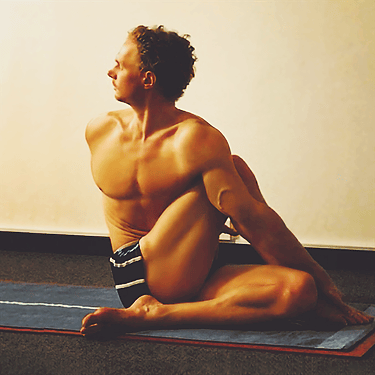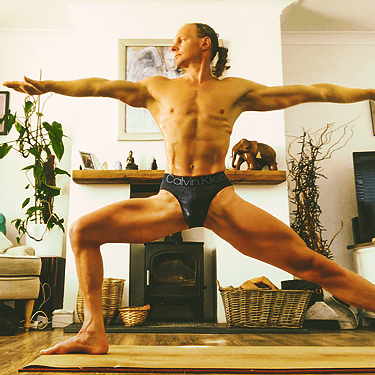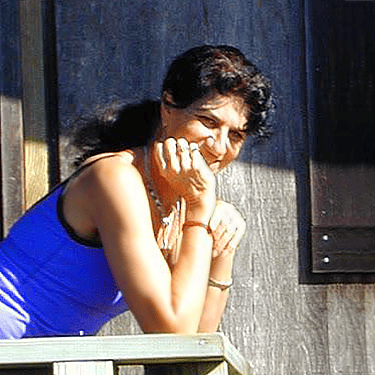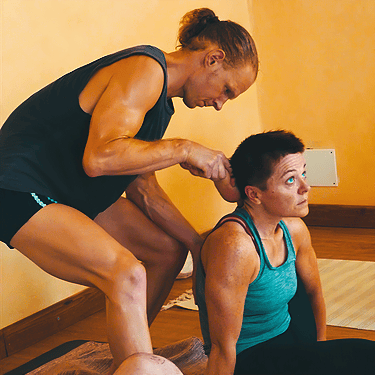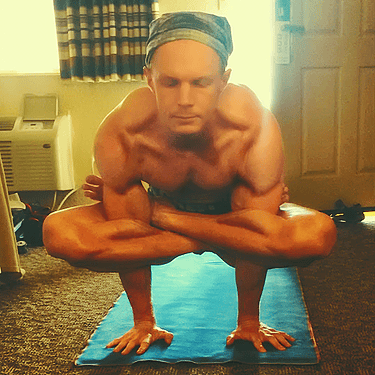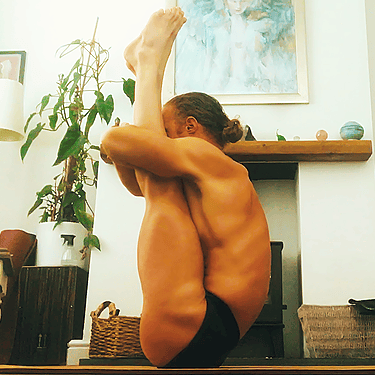Dan Burt

You’ve found me! Thanks for coming. I’ve been teaching here for the best part of 20 years. ‘Here’ is Newcastle upon Tyne, but I have also taught at various locations in Europe and as far as the middle of the Pacific Ocean. When my teacher first told me that the first 10 years of practice was “beginners yoga” I didn’t believe her. But now, after two decades of uninterrupted daily Ashtanga yoga practice I can see the wisdom in her words. Yoga practice did not come easy for me. I stumbled across Ashtanga yoga - somewhat serendipitously - at an incredibly low period of my life when even walking or standing up straight was impossible without excruciating pain. When nothing else worked, yoga entered the story and saved the day. With the aid of books, DVDs and online support groups I was able to teach myself the first two series of Ashtanga yoga. It was an immense trial of fire, but within 9 months I was pain free. Not long after another fortunate moment occurred upon meeting my one and only teacher - Nancy Gilgoff. Although Nancy didn’t directly teach me asana until the 3rd series, she utterly transformed and reshaped my practice, perception, and understanding of yoga, providing the overall landscape and significance of ashtanga so that I could teach it to others authentically. With this experience, I know that anyone can attempt this practice. I love taking beginners all the way through the series in this time-honoured and traditional style that works, no matter your body type, age or background.

